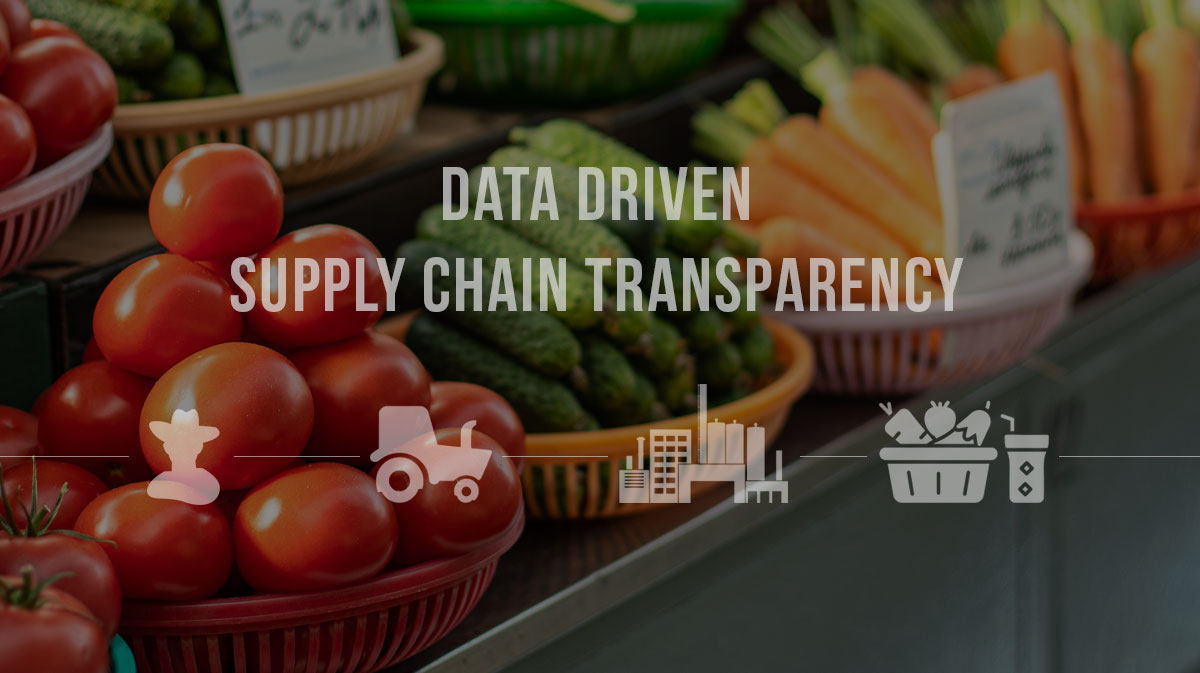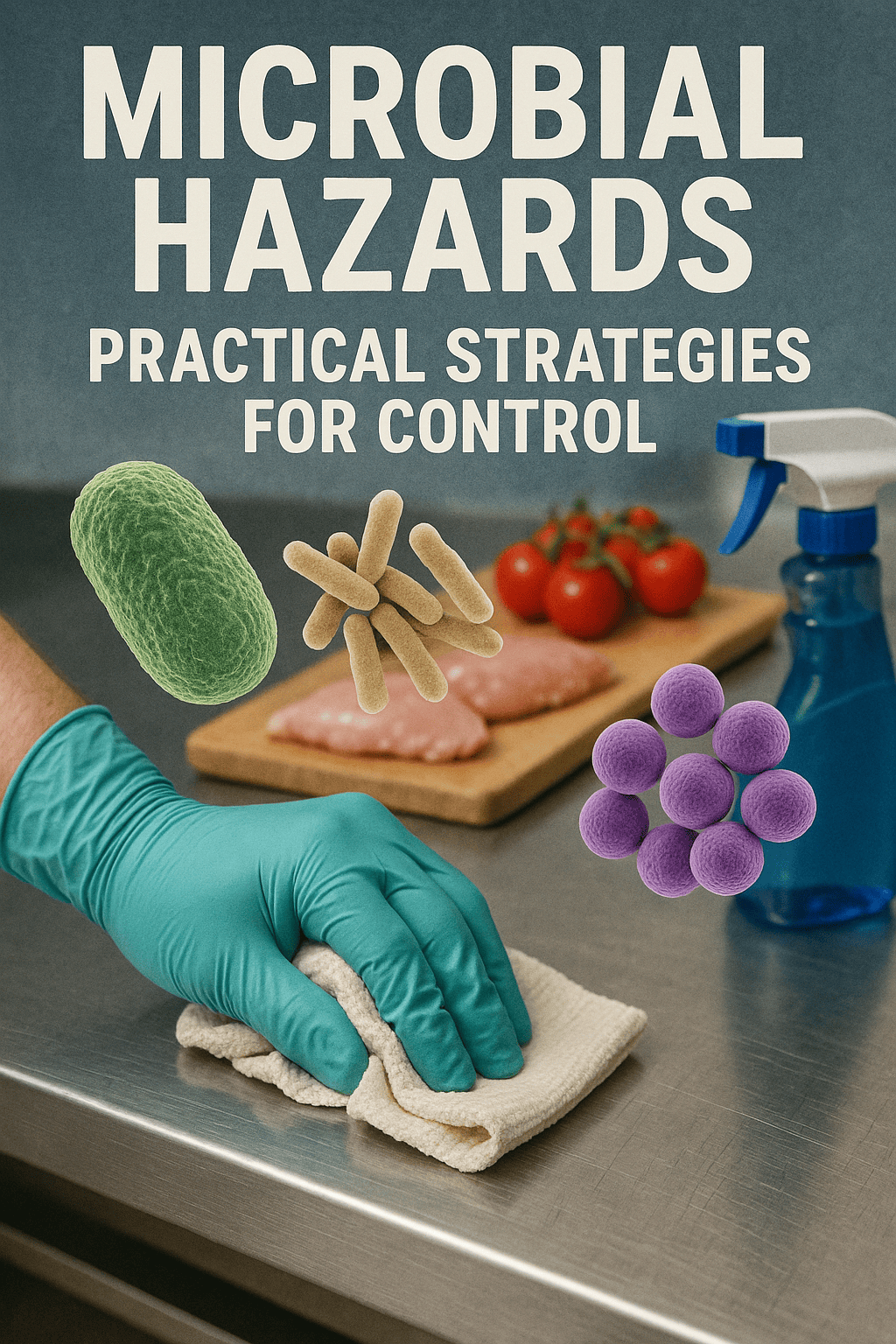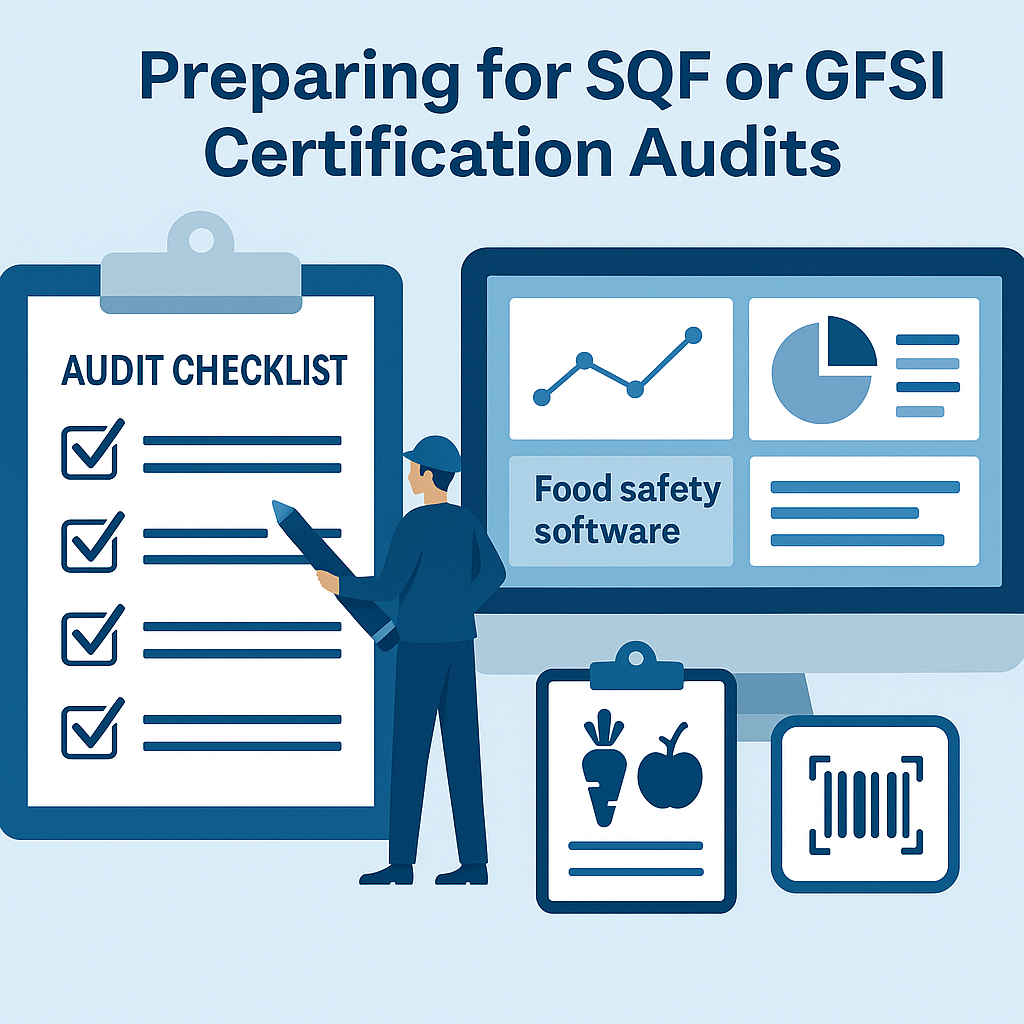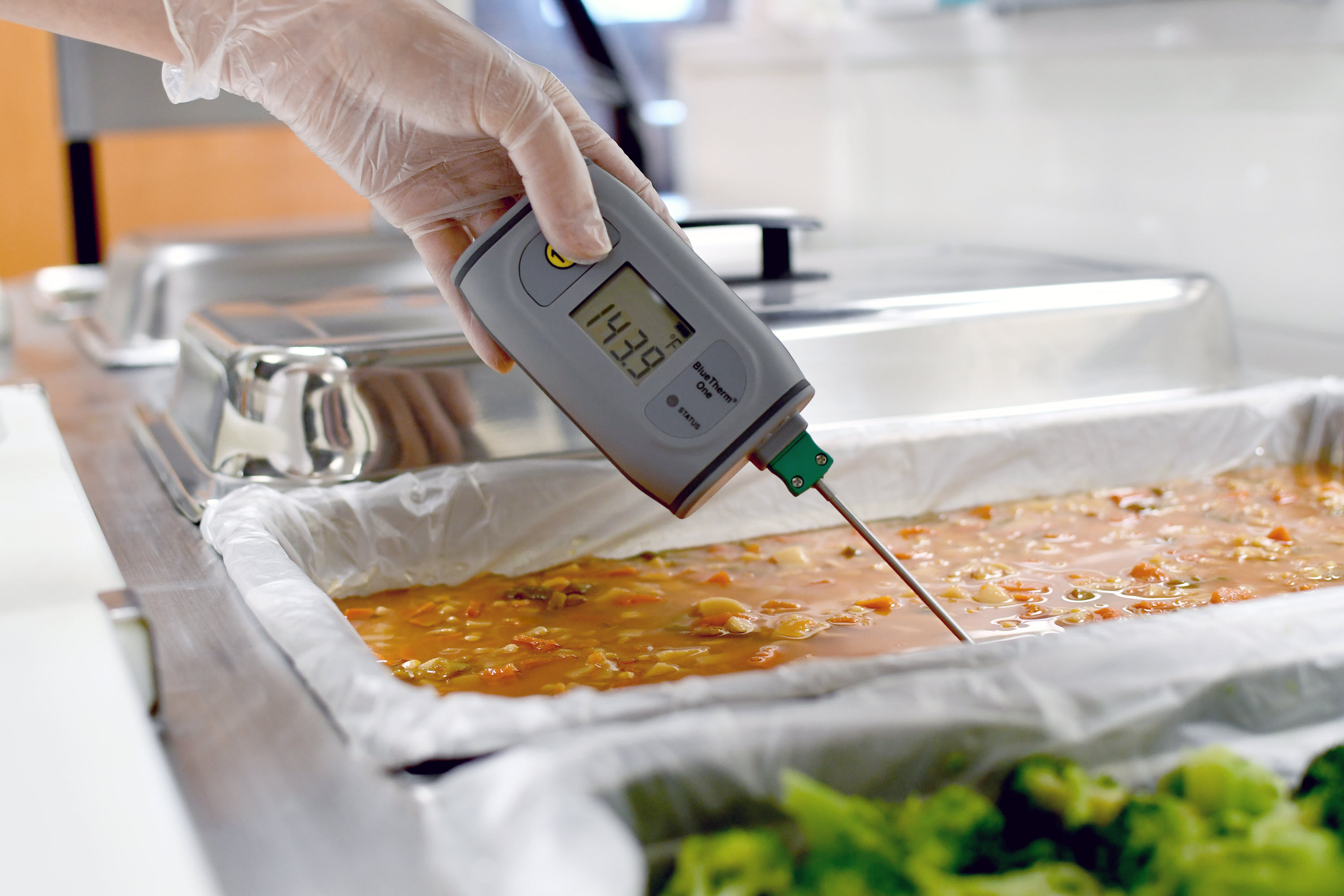In today’s global food industry, ensuring the safety and integrity of the food supply chain is paramount. With increasing concerns about foodborne illnesses, contamination, and regulatory compliance, food safety has evolved from basic hygiene practices to more sophisticated and data-driven approaches. Environmental monitoring is one such crucial program that forms a central part of food safety initiatives. By identifying potential risks, preventing contamination, and ensuring compliance with health regulations, environmental monitoring programs provide an added layer of protection to the food supply chain, safeguarding both consumers and producers.
This blog will dive into the role of environmental monitoring programs in protecting your food supply chain, outlining how they work, their importance, and a step-by-step approach to implementing such programs. We'll also explore examples of how food safety software and food traceability software can enhance these efforts.
Understanding Environmental Monitoring Programs
Environmental monitoring refers to the systematic observation and testing of environmental factors in and around food processing areas to identify potential sources of contamination. These factors may include temperature, humidity, air quality, surfaces, water, and even the presence of pathogens in the environment. Monitoring these elements helps identify areas where contamination could occur before, during, or after food production.
The goal of an environmental monitoring program is to detect harmful microorganisms (such as bacteria, viruses, and fungi) or allergens that could potentially contaminate food products. By identifying contamination risks early, companies can take corrective actions before contaminated food reaches consumers, thus preventing foodborne illnesses and recalls.
Environmental monitoring plays a key role in food safety systems like Hazard Analysis Critical Control Point (HACCP), which focuses on identifying, evaluating, and controlling risks at critical points in the food production process. This proactive approach to food safety helps build consumer trust, ensures regulatory compliance, and reduces financial risks related to foodborne outbreaks.
The Importance of Environmental Monitoring in the Food Supply Chain
The food supply chain is complex, involving many stages from farm to fork. At each stage, contamination can occur, whether it's in the form of pathogens, allergens, or chemical residues. Environmental monitoring helps mitigate these risks, ensuring that food products meet safety standards before they reach consumers.
Key Benefits of Environmental Monitoring
-
Prevention of Contamination: Environmental monitoring allows companies to detect contamination before it enters the food product. By regularly testing surfaces, equipment, and the air quality in production areas, manufacturers can prevent harmful substances from coming into contact with food.
-
Early Detection of Pathogens: Through regular sampling, monitoring programs can detect microbial contamination early, even before it reaches a critical point in the production process. Early detection allows for rapid response, preventing outbreaks of foodborne illnesses.
-
Ensuring Regulatory Compliance: Food safety regulations around the world, such as the U.S. Food and Drug Administration’s (FDA) Food Safety Modernization Act (FSMA), require food manufacturers to implement environmental monitoring programs. Failure to comply with these regulations can lead to hefty fines, reputational damage, and potential recalls.
-
Improved Consumer Confidence: With consumers becoming more health-conscious, they demand transparency and safety from food producers. An effective environmental monitoring program demonstrates a company’s commitment to quality and safety, which in turn builds consumer trust.
-
Reduced Operational Risks: Food contamination incidents can be expensive, not only in terms of financial penalties but also due to product recalls, supply chain disruptions, and loss of customer loyalty. Environmental monitoring helps reduce these risks by addressing issues before they escalate.
The Components of an Effective Environmental Monitoring Program
An effective environmental monitoring program requires more than just routine checks. It needs to be a comprehensive system that addresses all potential contamination risks in the production environment. Below are the key components that must be included in any robust program.
1. Identification of Critical Areas for Monitoring
To begin, food safety professionals need to identify which areas in the production facility are most susceptible to contamination. This involves assessing factors such as:
- High-touch surfaces (e.g., equipment, tools, conveyors)
- Airborne pathogens (e.g., in food preparation areas, storage rooms)
- Water and drainage systems (e.g., potential breeding grounds for pathogens)
- Employee hygiene stations (e.g., hand-washing areas)
- Raw material storage (e.g., where spoilage and contamination may originate)
Using a risk-based approach, companies can prioritize areas that pose the highest risks for contamination.
2. Environmental Sampling and Testing
Once the critical areas are identified, sampling and testing become essential in detecting the presence of pathogens or allergens. Common types of environmental testing include:
- Surface swabs: Testing surfaces where food comes in contact to check for bacterial presence.
- Air quality tests: Sampling the air for microbial contaminants, particularly in high-risk areas like meat processing and dairy.
- Water and ice testing: Verifying the quality of water used in food processing and storage areas.
Testing should be done regularly and at scheduled intervals to ensure consistency. Laboratories often use microbiological cultures or rapid testing methods to analyze samples.
3. Data Collection and Analysis
A critical part of any environmental monitoring program is the collection and analysis of data. This data allows food safety professionals to identify trends, assess risks, and take preventive actions. With the advancement of technology, food safety software has become indispensable for tracking, analyzing, and storing this data.
Food safety software can automate data collection by linking sensors to a centralized database. This software can also integrate with other systems, such as temperature monitoring tools, to provide a real-time overview of conditions that affect food safety.
4. Corrective Actions and Documentation
When contamination is detected, immediate corrective actions must be taken to mitigate the risk. These actions may include:
- Cleaning and sanitizing: Cleaning the affected area or equipment to remove contaminants.
- Reprocessing or disposing of contaminated products: If contamination is found in raw materials or finished products, they may need to be discarded or reprocessed.
- Reviewing and updating procedures: If contamination is recurring, it might indicate the need to modify operational processes.
In addition, documentation is essential for tracking the actions taken and maintaining compliance with food safety regulations. Detailed records are also valuable for investigating the root causes of contamination and preventing future incidents.
5. Training and Employee Involvement
Environmental monitoring is not a one-person job. It requires the active involvement of employees at every level of the food production process. Regular training ensures that staff members understand the importance of environmental monitoring and know how to carry out their roles in the program.
Training should cover:
- Proper sampling techniques
- Correct cleaning and sanitation procedures
- Recognition of contamination risks
- How to report issues effectively
6. Continuous Improvement
An environmental monitoring program should be a dynamic process. Regular audits, reviews, and performance assessments help identify areas for improvement. Based on the results of monitoring, companies can update their practices, improve training, and implement more effective controls.
Leveraging Technology for Enhanced Monitoring
The integration of advanced technologies like food safety software and food traceability software can significantly enhance the effectiveness of an environmental monitoring program. These tools provide real-time data, streamline reporting, and support better decision-making.
Food Safety Software
Food safety software automates many aspects of environmental monitoring, from data collection to analysis and reporting. These software platforms allow companies to:
- Track and manage monitoring schedules
- Store and analyze test results
- Generate automatic alerts in case of deviations from set parameters
- Comply with regulatory standards
Using such software, food safety professionals can access real-time insights into environmental conditions, helping them respond quickly to potential contamination risks.
Food Traceability Software
Food traceability software complements environmental monitoring by ensuring that every step in the food supply chain can be traced back to its source. This software enables food companies to:
- Track raw materials, ingredients, and finished products
- Identify the origin of contamination if an issue arises
- Maintain compliance with regulatory standards
- Improve transparency in the food supply chain
By integrating food traceability with environmental monitoring, companies can achieve better control over the entire process and identify any risks or failures that occur during production.
Example of an Environmental Monitoring Program in Action
A major dairy processing plant uses an environmental monitoring program that integrates both food safety and food traceability software. The program tracks microbial testing results from multiple production lines, providing the plant manager with a dashboard view of test results and environmental conditions. If a contamination event is detected, the software triggers an alert and automatically flags the affected batch.
The system also tracks the movement of raw materials, ensuring that if contamination is found in one batch, the company can trace it back to its source. This reduces the risk of contamination spreading throughout the facility, enabling a rapid and targeted response.
How to Implement an Environmental Monitoring Program
Implementing an environmental monitoring program requires a well-structured approach. Here’s a step-by-step process to help you get started:
- Define the scope and objectives: Identify which environmental factors you will monitor and set clear goals for the program.
- Identify critical control points: Prioritize areas that are most susceptible to contamination.
- Select monitoring methods and equipment: Choose appropriate testing methods (swabs, air samples, etc.) and invest in reliable monitoring tools.
- Create a data management system: Implement software for tracking data and analyzing results.
- Establish corrective actions: Define the steps to be taken if contamination is detected.
- Train staff: Provide regular training to ensure that employees understand their roles in maintaining food safety.
- Monitor and improve: Regularly evaluate the program’s effectiveness and make necessary adjustments.
Conclusion
Environmental monitoring programs are an indispensable part of any food safety strategy. By identifying potential sources of contamination and taking proactive measures, food companies can protect their products, brand reputation, and consumer health. With the integration of food safety software and food traceability software, these programs are becoming more efficient, automated, and data-driven.
If you are looking to implement or enhance your environmental monitoring program, you can explore a demo of leading food safety software to see how it can streamline your processes and ensure compliance. For more information, request a demo here
By investing in robust environmental monitoring practices and leveraging modern technology, food safety professionals and executives can ensure that their food supply chains remain safe, sustainable, and trustworthy.







